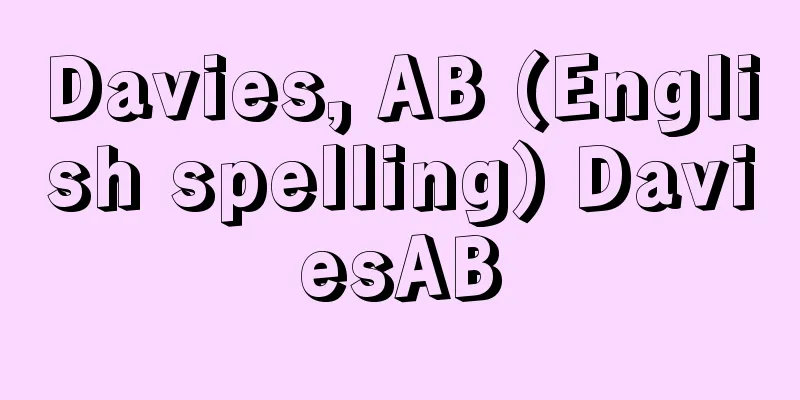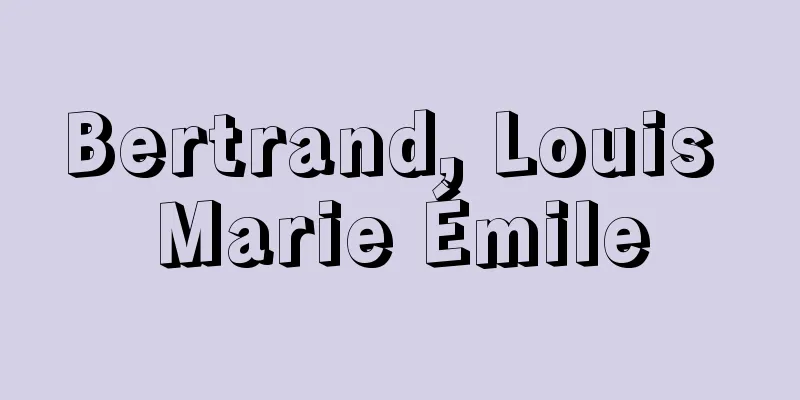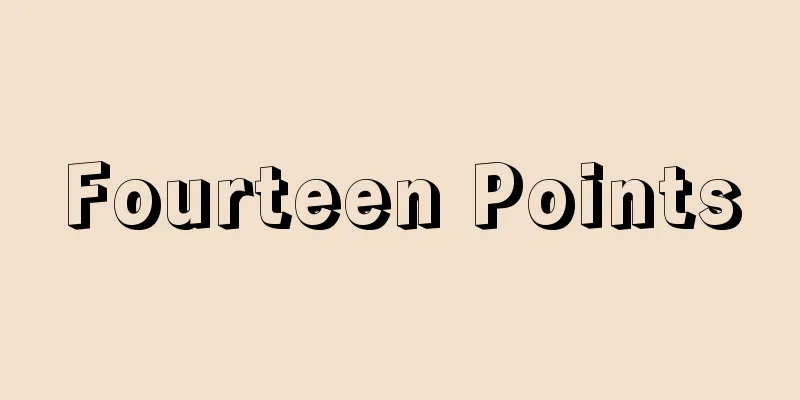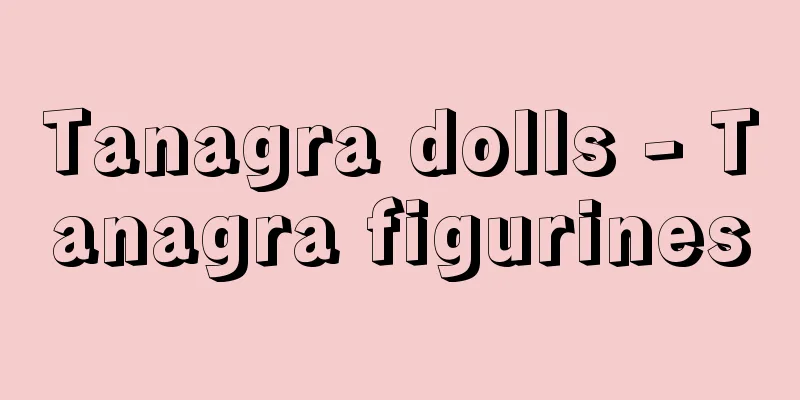Promissory note - yakusokutegata (English spelling)
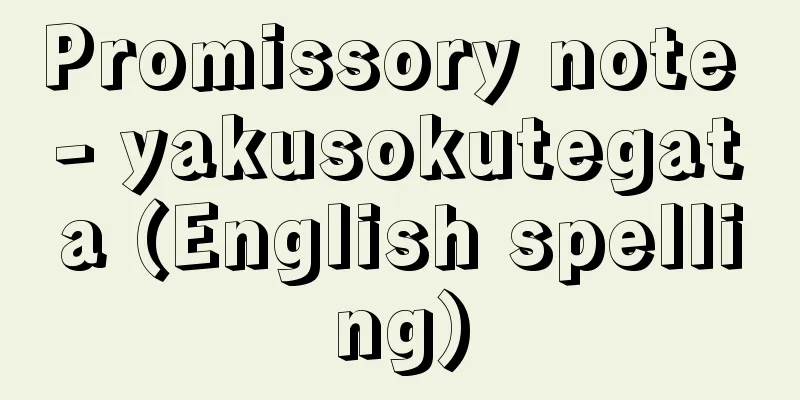
|
A bill of exchange in which the issuer, as the primary debtor, promises to pay a fixed amount on a fixed date to the payee or other legitimate holder of the bill. It is essentially different from a bill of exchange or check in which the issuer entrusts the payor with paying a fixed amount. However, it is similar to a bill of exchange or check in that it is a negotiable instrument, a construction instrument, a negotiable instrument (an instruction instrument), a formal instrument, a non-caused instrument (an uncaused instrument), a written instrument, a presentment instrument, a return instrument, etc. With a bill of exchange, the issuer is merely the person obligated to repay, and the acceptor is the primary obligor on the bill, whereas with a promissory note, the issuer is the primary obligor on the bill and the issuer is the absolute obligor on the bill. Promissory notes are generally used as a method of payment in deferred payment transactions (credit transactions). For example, when buyer A purchases goods from seller B and wishes to pay for them by depositing the proceeds from the resale of the goods, with B's consent, a promissory note is issued to B for that amount, with A's bank as the place of payment, and with the maturity date being the planned resale date. In this case, B can either collect the payment before maturity by discounting the promissory note at its bank, or wait until maturity and receive payment on the note. [Kazuo Ota] [Reference] |Source: Shogakukan Encyclopedia Nipponica About Encyclopedia Nipponica Information | Legend |
|
振出人が主たる債務者として、受取人その他手形の正当な所持人に対し、一定期日に一定金額を支払うことを約束する手形。振出人が支払人に対し、一定金額の支払委託をする為替(かわせ)手形・小切手とは本質的に異なる。しかし、有価証券、設権証券、流通証券(指図(さしず)証券)、要式証券、無因証券(不要因証券)、文言証券、呈示証券、受戻証券などの点では為替手形・小切手と同様である。為替手形では、振出人は単なる償還義務者にすぎず、引受人が手形上の主たる義務者であるのに対し、約束手形では振出人が手形上の主たる義務者であり、振出人が手形上の絶対的な支払義務者となる。 約束手形は一般に、代金後払取引(信用取引)での代金支払いの方法として利用されている。たとえば、買い手Aが売り手Bから商品を仕入れるに際して、代金支払いを商品の転売代金の入金により行いたい場合に、Bの承諾を得て、その金額について予定転売時期を満期に、Aの取引銀行を支払場所にして、B宛(あて)に振り出される。この場合、Bは、約束手形を取引銀行で割り引くことにより満期前に代金を回収するか、満期まで待って手形金の支払いを受けるかすることになる。 [太田和男] [参照項目] |出典 小学館 日本大百科全書(ニッポニカ)日本大百科全書(ニッポニカ)について 情報 | 凡例 |
Recommend
revolver
…A pistol is also called a hand gun. It is a weap...
Dragon flute - Ryuteki
A typical flute in gagaku. It is also called the ...
Requisitions
Under international law in wartime, requisition re...
Acute urticaria - urticaria
...The color ranges from white to red, and some a...
Polyneikes (English spelling)
…the commander of the Seven Attackers who fought ...
Folger Library
The official name is the Folger Shakespeare Librar...
Yasutoshi - Koshun
?-? A Buddhist sculptor from the Kamakura-Nanboku...
Basin - Tub
〘Noun〙 (A variation of "tearai (hand washing)...
Inekaku Dam - Inekoku Dam
...The Azusa River system generates a maximum out...
Prognichthys agoo (English spelling)
…It is a large species that can reach a total len...
Aipytos - Aipytos
…One eye, one eye [Oda Ryo] [Tradition and Allego...
Kingdom of Mysore - Mysore Kingdom (English spelling)
A Hindu kingdom centered in the Karnataka (Mysore)...
Spanta Mainyu (English spelling)
…[Koji Ueoka]. … *Some of the terminology explana...
Hanoi - Hanoi (English spelling)
The capital of Vietnam. It is located in the cent...
Mount Kurikoma
A double stratovolcano (→composite volcano) that s...
